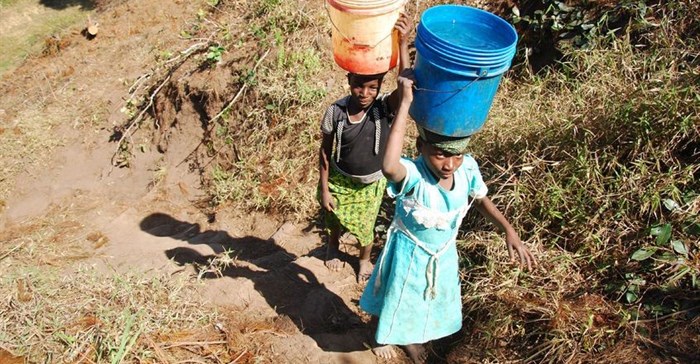Water access may be more important than electricity for sub-Saharan Africa

And yet, it remains unclear whether electrification can actually improve living standards in rural areas of sub-Saharan Africa.
As researchers, we have previously documented the positive effects of electrification schemes. Still, we think that money earmarked for rural electrification in sub-Saharan Africa might be better spent elsewhere.
Providing people with clean drinking water and sanitation infrastructure may do more to improve living standards than providing them with electricity.
In addition, water and sanitation provisions are generally less expensive than rural electrification. They could improve many more lives at the same cost.
Power versus water
The electrification of low-density rural areas in Nicaragua, Guatemala and KwaZulu-Natal has increased the number of working women. Rural electrification substantially increased household living standards in India
However, South Asian rural electrification schemes often did not reach the poor. Similarly, in Ghana and Rwanda, economic opportunities were not obviously increased. In Ghana, electricity remains prohibitively expensive for newly connected rural households. In Rwanda, grid electrification did not result in significant new income generation in rural areas.
While there is some potential for off-grid solar energy to improve agricultural productivity in Africa, very small-scale solar provisions are unlikely to do so.
Solar provisions may be commercially viable, but they are not necessarily the most cost-effective source of clean energy. A home installation in sub-Saharan Africa may cost $500-1,000, far above what most rural households can pay.
Dirty drinking water
Electrification of rural areas may not be the most cost-effective way of improving health and wellbeing.
In sub-Saharan Africa, two out of three people lack access to electricity, but 40 per cent do not have clean drinking water and 70 per cent lack adequate sanitation.
The burden of waterborne childhood diseases is great. One in nine children under age five dies every year in sub-Saharan Africa. Diarrhea from dirty drinking water is the second major cause of death, after malaria.
Drilling wells, disinfecting water and providing sealed sewerage services improve population health remarkably. A reduction in the incidence of childhood diarrhea lowers the likelihood of childhood stunting (impaired growth and development), being underweight and susceptibility to other disease.
Water and sanitation provisions might save or improve many more lives for the same cost as either grid or solar electricity.
Soft power and local politics
The push for electricity may be more about soft power than it is about empowerment.
The World Bank and the UN agencies aim to pre-empt Chinese control over strategic infrastructure in Africa. Household water pipes and improved sanitation do not hold the same strategic importance as electricity. But these international taxpayer-financed infrastructure investments may not reflect the population’s priorities.
It may also be influenced by the local political economy. As part of a post-civil war peace dividend, the rural electrification plan in Guatemala connected Indigenous households.
Electrification increased the amount of time Indigenous women spent earning money outside of the home. Still, the real winners may have been the two privately owned electricity companies, which received $650 from the government for each new household connection.
The willingness of African governments to engage in electricity projects may depend on potential gains realised by key players in state-owned enterprises or government. These considerations can easily be hidden behind a humanitarian veneer.
Your tax dollars at work
International taxpayer-supported investments in rural areas in Africa should prioritise infrastructure that will result in the greatest improvement in living standards for a given outlay. In many remote rural areas, this may not be electrification.
As a member of the United Nations, Canada contributes taxpayer money to the loans and grants provided to the governments of developing countries, often at below-market interest rates.
But the fixed costs of grid electrification are very high. Local economic activities may never pay enough to support the full cost of providing even a minimal level of grid electricity service. Governments and international taxpayers may need to continuously subsidise electricity provision to rural households. Even when electrification is solar, the need for subsidies may remain.
International taxpayers could have instead contributed that same tax dollar to a more effective intervention.
This article was originally published on The Conversation. Read the original article.![]()
Source: The Conversation Africa

The Conversation Africa is an independent source of news and views from the academic and research community. Its aim is to promote better understanding of current affairs and complex issues, and allow for a better quality of public discourse and conversation.
Go to: https://theconversation.com/africa






















